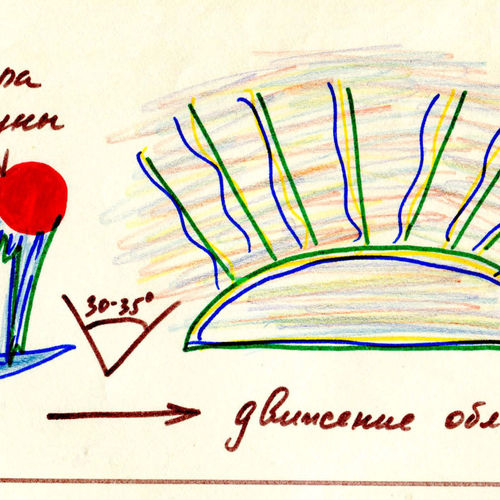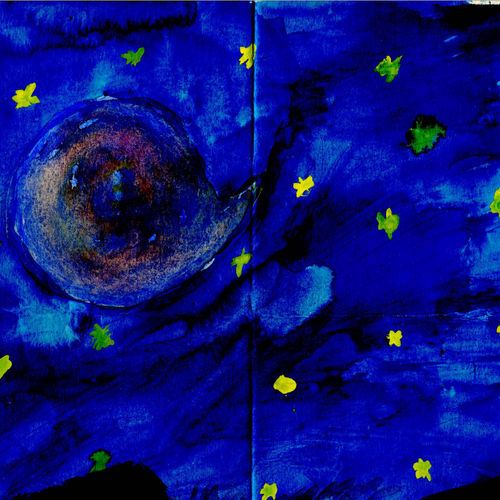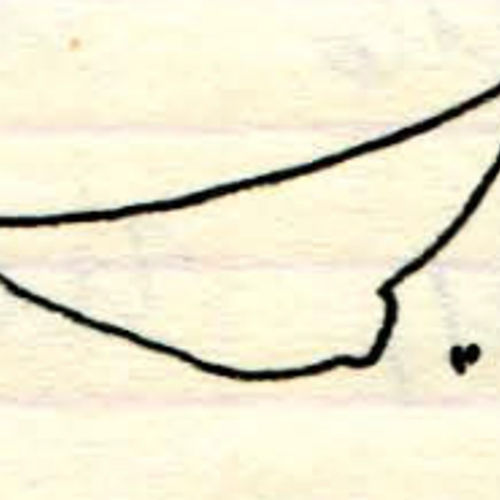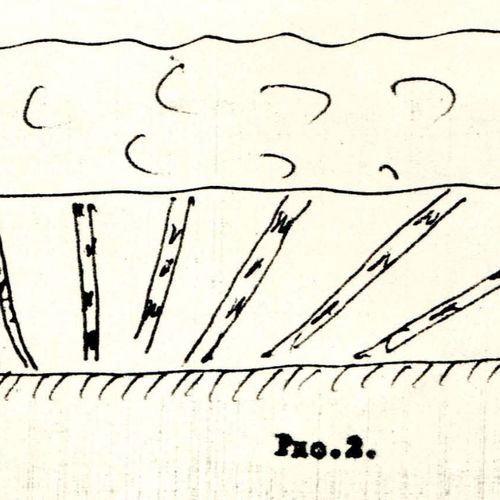| ID | #1698495679 |
| Added | Sat, 28/10/2023 |
| Author | July N. |
| Sources | |
| Phenomena | |
| Status | Hypothesis
|
Initial data
INFORMATION about the observation of an unusual phenomenon in the atmosphere.
Date - April 13, 1981
Surname, first name, patronymic, position - acting agrotechnician Snokina O.A.
1. Description - It looks like the Northern Lights. A cloud of red-orange color in the form of threads, rays.
2. Time: start and end of observation - 03h 15 min - 03h 50 min.
3. Place. In which part of the sky, in relation to the north or south, N.L. was detected - it moved from west to north.
4. Shape - in the form of rays and threads.
5. Size. The apparent angular size is 1-2 parts of the sky.
6. Dynamics. Was there a movement - moved from the west to the north
7. Glow characteristics - red-orange color.
8. 3buk - there was no.
The state of clouds in observation points and adjacent areas - s/o, ne, nw.
Wind speed and direction at different altitudes: 180°- 1m/sec
Air temperature - (-21)
Air pressure: on the sea level - 1016.2 mb
Visibility: 26 km
The presence of sunshine: no
Atmospheric phenomena: - no
Hypotheses
The Aurora (Northern lights)
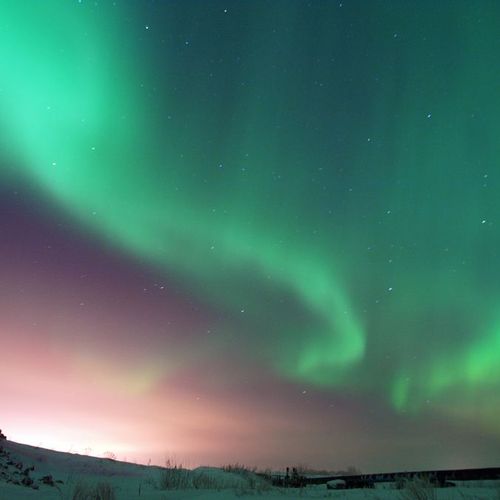
Glow (luminescence) of the upper layers of the atmospheres of the planets with the magnetosphere due to their interaction with charged particles of the solar wind.
In a very limited area of the top of atmosphere radiance can be caused by low energy charged particles of solar wind entering the polar ionosphere over the North and South polar Caspi. In the Northern hemisphere, the cusp auroras can be observed over Svalbard caribou watch.
Investigation
Resume
Similar facts
Log in or register to post comments
